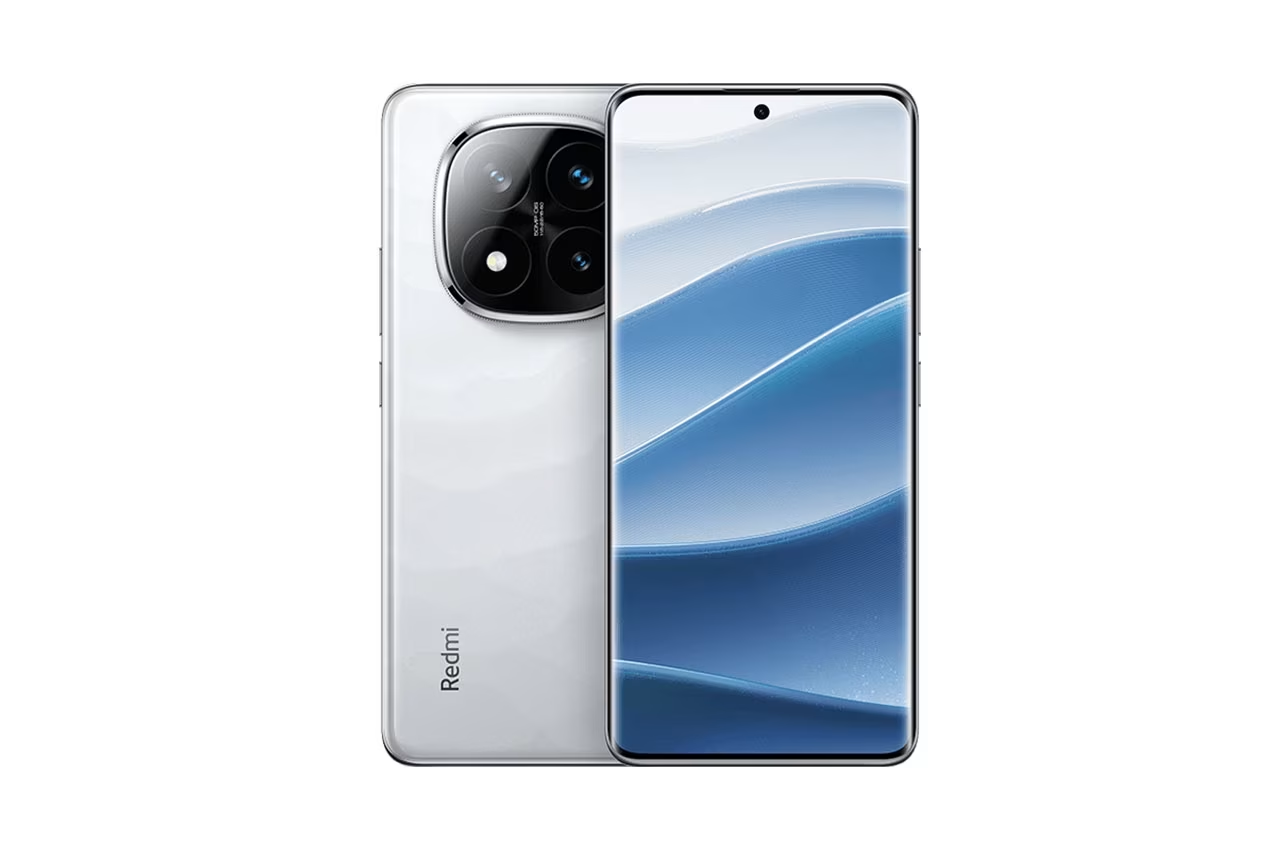Redmi Note 15 Pro+ Ushers in Mid-Range Satellite Connectivity Era
In a move that's genuinely shaking up the smartphone landscape, Redmi has officially announced that its upcoming Note 15 Pro+ will be the first device in the Redmi lineup to feature satellite connectivity. This isn't just a minor upgrade; it's a significant leap, bringing a capability previously reserved for the most premium, high-end flagships down to a more accessible price point. The news, which broke just hours ago, confirms what many tech enthusiasts have been speculating about: satellite communication is no longer an exclusive club.
This is big, folks. Really big. For years, if you wanted the peace of mind that comes with being able to send an emergency message from literally anywhere, you had to shell out top dollar for an iPhone Pro Max or a high-end Huawei Mate. Now, Redmi, a brand known for its value-for-money propositions, is democratizing this critical technology. It's a game-changer, plain and simple.
The Technology Behind the Breakthrough: BeiDou Messaging
The integration of this technology into a mid-range device is a testament to Xiaomi's engineering prowess and their commitment to pushing boundaries. It's not just about slapping a satellite modem onto a phone; it involves complex antenna design, power management, and software optimization to ensure reliable communication without draining the battery in minutes. While the precise technical specifications of the satellite module haven't been fully detailed, the fact that it's certified and ready for launch speaks volumes. It's a smart play, especially for a market like China where BeiDou's infrastructure is robust.
Market Implications: A New Benchmark for Mid-Range Devices
The introduction of satellite connectivity in the Redmi Note 15 Pro+ sets an entirely new benchmark for the mid-range smartphone segment. What does this mean for consumers? Well, it means more features for less money. It means enhanced safety for hikers, adventurers, or anyone who finds themselves in remote areas without cellular service. Imagine being able to send a distress signal from a mountain trail or a remote village where cell towers are non-existent. That's the real-world impact here.
This move by Xiaomi is also likely to put significant pressure on other manufacturers. For too long, satellite connectivity has been a premium differentiator. Now that Redmi has cracked the code for a more affordable implementation, can brands like Samsung, Oppo, or Vivo afford to ignore it in their own mid-range offerings? I don't think so. We're probably going to see a rapid trickle-down effect across the industry, which is fantastic news for consumers globally. It's a classic case of innovation driving competition, and we're all better for it.
Initial Launch and Global Ambitions
The Redmi Note 15 Pro+ Satellite Edition has initially launched in China. This makes perfect sense, given the reliance on the BeiDou system. The Chinese market often serves as a testing ground for new technologies before a broader international rollout. Community sentiment on platforms like X (formerly Twitter) is overwhelmingly positive, with users expressing excitement about the potential for enhanced communication in areas with poor network coverage. Tech analysts are praising Xiaomi for this strategic move, recognizing its potential to capture a larger market share and redefine expectations.
Of course, the big question remains: when will this feature make its way to global variants? While the BeiDou system is primarily Chinese, there are other satellite constellations like Iridium or Globalstar that could facilitate broader international adoption. It's not a simple plug-and-play situation, as different regions and satellite providers have their own protocols and regulatory frameworks. But if the feature proves successful and gains traction in China, I reckon Xiaomi will be highly motivated to overcome these hurdles and bring it to other markets. It's a complex undertaking, no doubt, but the potential rewards are immense.
The Future of Connectivity: Beyond the Horizon
This isn't just about the Redmi Note 15 Pro+; it's about the future trajectory of smartphone connectivity. We've seen the evolution from basic voice calls to 5G, and now, direct-to-device satellite communication is becoming a tangible reality for the masses. This isn't just for emergencies either. As the technology matures, could we see basic data services or even low-bandwidth voice calls over satellite on mid-range devices? It's certainly within the realm of possibility.
The Redmi Note 15 Pro+ represents a pivotal moment. It's a clear signal that advanced features are no longer exclusive to the elite tier of smartphones. Xiaomi has thrown down the gauntlet, challenging the industry to innovate and make cutting-edge technology accessible to everyone. It's an exciting time to be a tech enthusiast, and I, for one, can't wait to see how this unfolds.
